Introduction

During the DSLR era the Nikon users always envied the Canon users for their fast f/1.2 primes – even though most would have never willingly admitted to that. While already the Canon EF 50mm 1.2L USM sounded appealing, I am sure more people lusted after this Canon EF 85mm 1.2L USM II. Time to have a closer look at it!
Sample Images






You can find most of the sample images in full resolution here.
Contents
Specifications / Version History
With the introduction of the EF-Mount in 1989, Canon also released a bunch of lenses with staggering specifications: e.g. the Canon EF 50mm 1.0L USM, the Canon EF 200mm 1.8L USM and also the first generation Canon EF 85mm 1.2L USM. Undoutbedly the most popular and the best selling among these was the Canon EF 85mm 1.2L USM – reason enough for Canon to rerelease it with slight improvements in 2006. What has changed? The AF has been improved, allegedly the coatings have been improved and rounder aperture blades were used. This is a review of the MK II version which has the following specifications:
-
- Diameter: 92 mm
- Field of view: 28° 30′ (diagonally)
- Length: 84 mm
- Weight: 974g (without hood, without caps)
- Filter Diameter: 72 mm
- Number of Aperture Blades: 8 (rounded)
- Elements/Groups: 8/7
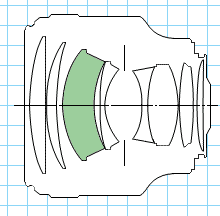
- Close Focusing Distance: 0.95 m
- Maximum Magnification: 1:9.1
- Released: September 1989 (MKI) | 2006 (MKII)
- Mount: Canon EF
buy from amazon.com | amazon.de | B&H | ebay.com | ebay.de (affiliate links) starting around $800 (used)
Disclosure
This Canon EF 85mm 1.2L II USM was kindly provided free of charge by one of our readers for reviewing purposes, thanks a lot!
Handling/Build quality
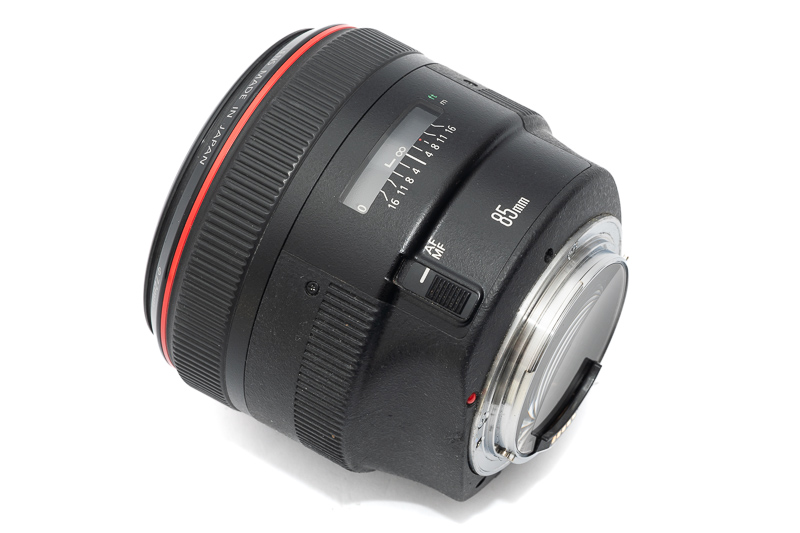
I already reviewed the Canon EF 50mm 1.2L USM and the Canon EF 135mm 2.0L USM, but this Canon EF 85mm 1.2L USM II – probably because it is still mostly the same lens as the MK I from 1989 – does feature some notable differences.
First, this is a focus-by-wire design. Without power touching the focus ring makes no difference. It takes ~240° rotation from infinity to the minimum focus distance (0.95 m) which is a good distance, but the transmission is a bit rough, meaning I didn’t enjoy the manual focus experience with this lens overly much.
Unlike the Canon EF 50mm 1.2L USM this is also a floating elements design. The rear element is fixed, all the other elements move on focusing.
I haven’t seen this on Canon’s modern lenses, but here sadly a rubber coating was used that reminds me a lot of the Sigma ZEN and Nikon F80/F100 coatings. Also here it started to deteoriate and left black stains on my pants, my white background and in my backpack. It I am not sure how old this lens is and how it has been treated, but this may be something to watch out for when looking for a used sample.
On the top of the lens there is a small AF/MF-switch.

There is an official bayonet-style hood (ES-79II) available for this lens and it even has felt on the inside. It makes an already big lens pretty huge though. The hood is also attached to the focus ring, so it rotates when manually focusing the lens, that feels a bit odd.

Taking into account the adapter this Canon EF 85mm 1.2L II USM is actually very similar in size to the Sony FE 85mm 1.4 GM, but heavier.
On my Sony cameras I tried the lens with the Sigma MC-11 as well as the metabones MK IV and it worked well with both of them (have a look at the optical vigetting section though). I do prefer the metabones adapter because in its advanced mode it allows for focusing with working aperture to get rid of the focus shift.
On the Nikon Z6 I also tried it with the Megadap EFTZ21 and the Fringer EF-NZ II. Also here the lens worked very well and in both cases at working aperture. Only with the Fringer adapter the lens retracts to infinity position when turning the camera off – a neat feature! On the Megadap you get an additional lens button and you can use the adapter’s control ring to change the aperture setting.
Vignetting
light falloff
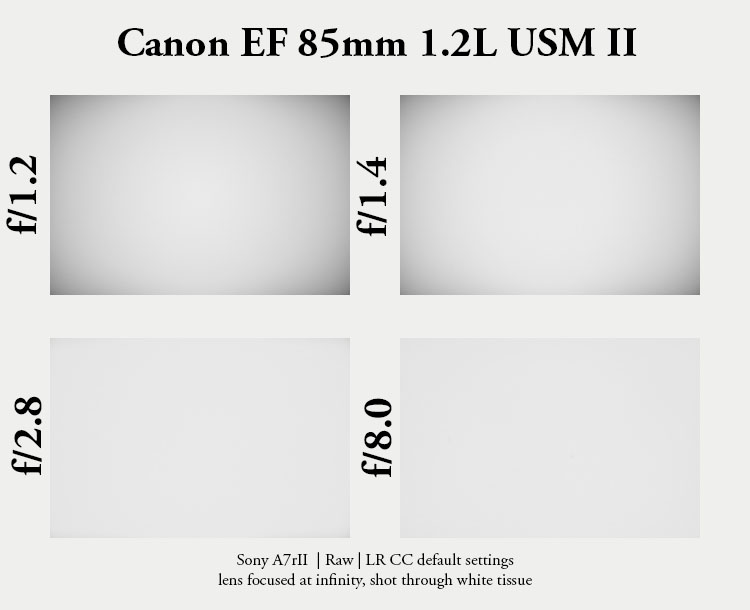
| f/1.2 | 2.5 EV |
| f/1.4 | 2.3 EV |
| f/2.0 | 1.5 EV |
| f/2.8 | 0.7 EV |
| f/4.0 - f/16 | 0.2 EV |
All the fast 85mm lenses I tried show a very similar performance in this category. This Canon actually has the highest amount at its maximum aperture, but f/1.2 is also half-a-stop faster than f/1.4, so that was to be expected.
This Canon EF 85mm 1.2L II USM, Sony FE 85mm 1.4 GM, Sigma 85mm 1.4 DG DN Art, Nikon AF-S 85mm 1.4G, Nikon AF 85mm 1.4D – they all show around 2.3 EV at f/1.4, 1.5 EV at f/2.0 and almost none stopped down (except for the Sigma 85mm 1.4 DG DN Art, that still has 1 EV stopped down).
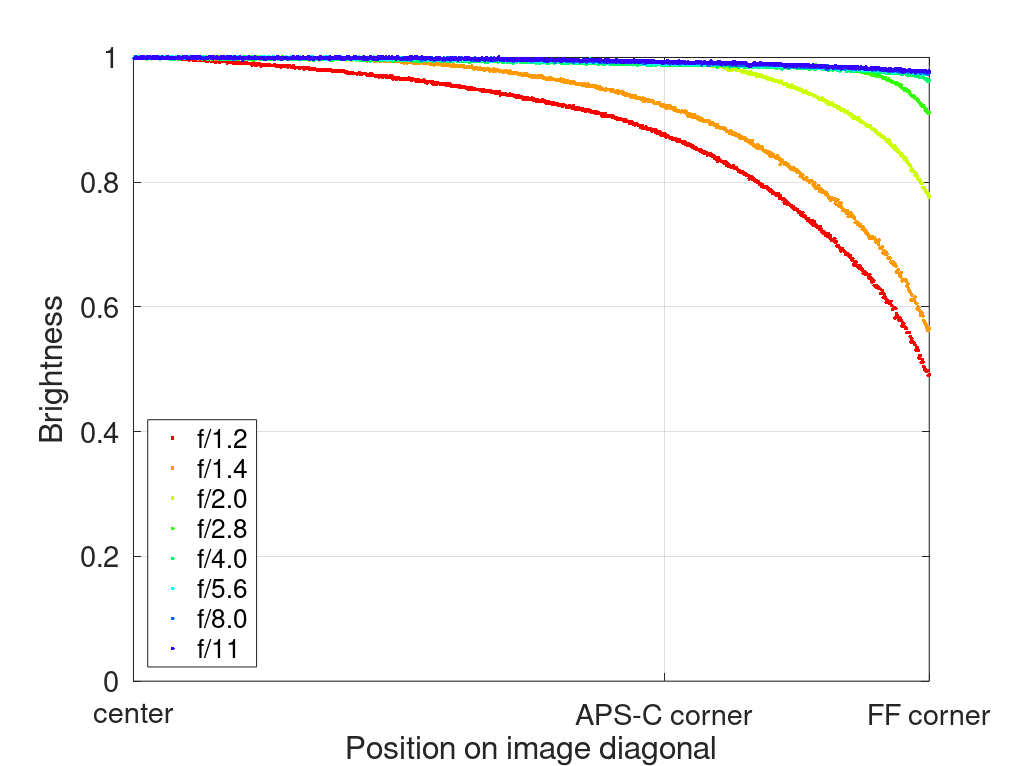
It is recommended to have a look at this article first to get an idea how this brightness graph works.
optical vignetting
Fast lenses usually show a noticeable amount of optical vignetting. Without going too much into technical details optical vignetting leads to the truncation of light circles towards the borders of the frame.
In the center of the frame almost every lens will render a perfect circle, but only lenses with very low optical vignetting will keep this shape in the corners.
So in the following comparison we move from the center (left) to the extreme corner (right) and see how the shape of the light circle changes.
I shot the lenses side by side and with a test target I ensured that they are actually focused at the same distance, so the size of the out of focus shapes is directly comparable.
As was to be expected this Canon EF 85mm 1.2L II shows strong optical vignetting, as the light points are severly smaller towards the edges of the frame. Once more I included the Sony FE 85mm 1.4 GM for comparison. In the center of the frame the f/1.2 lens creates bigger light circles – as was to be expected. However, if we compare the Canon at f/1.2 to the Sony at f/1.4, we see that in the corners the size of those out of focus highlights is pretty much identical, because the Sony lens has significantly less optical vignetting.
I also get the feeling here that the aperture diapghram of one of the lenses is not calibrated that well, because they should not differ that much at shared apertures. As both lenses feature electronically controlled diaphragms I have no idea how that is even possible.
There is something else we need to talk about here. This lens has a pretty big entrance pupil and it is possible that defocused light circles are being “cut” by adapters (or by the mirror box when using a Canon (D)SLR).
I tried two Canon EF to Nikon Z and two Canon EF to Sony E adapters and as you can see the narrow E-mount is a bit of an issue, as here the light circles are being cut. You will also find some samples throughout this review where you can spot this effect.
Sharpness
Focus shift
Focus shift is a common problem among very fast lenses and also the Canon EF 50mm 1.2L USM did show enough that one should be aware of it.
Surprisingly, this Canon EF 85mm 1.2L II USM does not show any, but we see a lot of color aberrations at wider apertures here. Let’s see what happens at different focus distances in the next chapter.
infinity (42mp Sony A7rII)
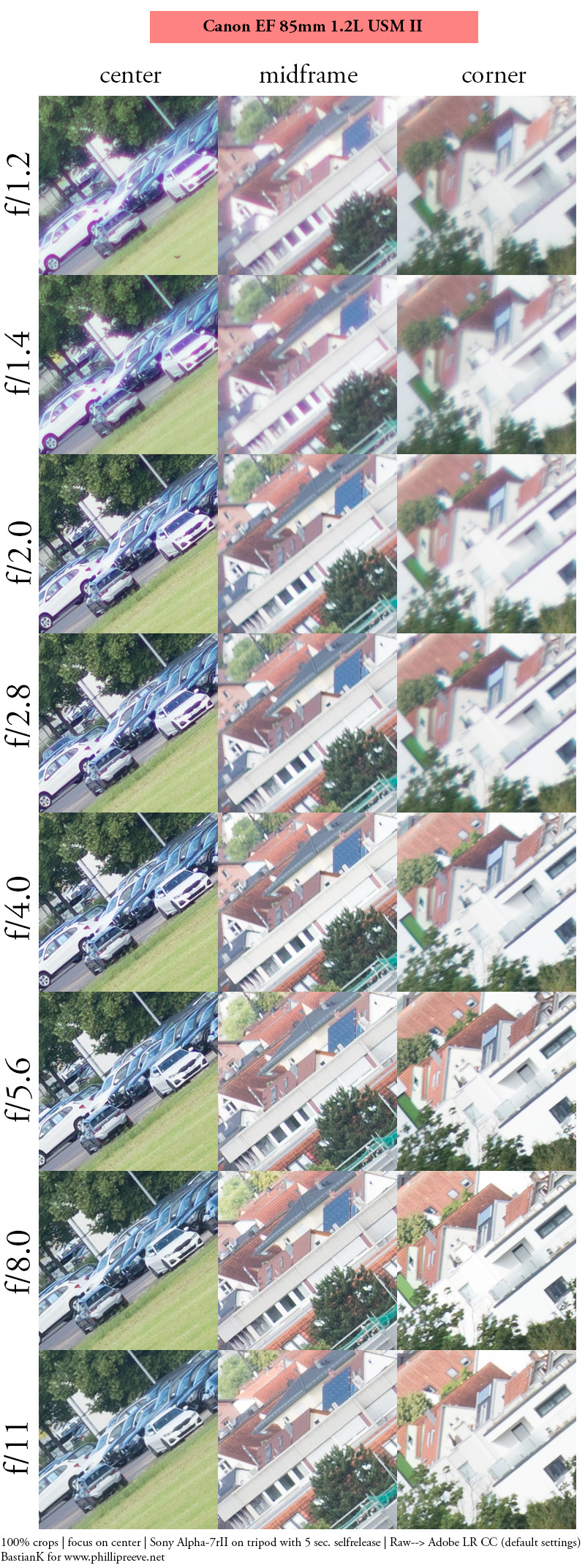

Also at infinity we see a lot of color aberrations. Even in the center it needs stopping down to f/5.6 to completely get rid off them, which is not exactly a great result. Apart from that the contrast in the center is surprisingly good at f/1.2.
Already in the midframe area shows a softness caused by various aberrations. It also needs stopping down to f/5.6 to look actually good.
The corners are no better and need stopping down to f/8.0 for best performance.
I did not review any of the latest 85mm 1.2 lenses yet, but I would expect them to perform much better at wider apertures here. That being said: I doubt many people would carry this lens for architecture/landscape shooting, but stopped down to f/8.0 to f/11 it will surely get the job done without any issues.
portrait distance 2.0 m (42mp Sony A7rII)
Now obviously the main application for a 85mm lens as fast as f/1.2 is for portraiture and I would also expect this lens to have been optimized for these distances, so let’s see how it fares at a typical portrait distance of 2.0 m.

I refocused for every shot and aperture to get the best possible result at different locations in the frame (center, inner midframe and outer midframe).
The circle of the dollar bill is more or less the size of a human eye.
f/1.2 <—> f/2.0
This is the sharpness category that would be most important to me when talking about a fast 85mm lens. In the center even at f/1.2 the performance is surprisingly good. Keep in mind, this is a design from the late 1980s after all. The more we move away from the center, the softer the lens gets though. I am not entirely sure I would be happy with the off center sharpness at f/1.2 here and even at f/2.0 it doesn’t look particularly great.
The modern 85mm 1.4 lenses (e.g. Sony FE 85mm 1.4 GM or Sigma 85mm 1.4 Art DG DN) look noticeably better at shared apertures. The Nikon AF 85mm 1.4D from 1995 shows a similar performance. The Nikon AF-S 85mm 1.4G from 2010 looks similar in the center but better in the midframe.
close 0.95 m, 1:9.1 (42mp Sony A7rII)
The Canon EF 85mm 1.2L II USM focuses slightly less close than the other fast 85mm lenses I have used, but that isn’t exactly a big difference.
The performance at f/1.2 is actually surprisingly good, as it is actually better than some of the f/1.4 lenses. It doesn’t only look good in the center, the field is also very flat at these distances. It is also much much better than the newer – simple unit focus – Canon EF 50mm 1.2L USM.
Flare resistance
As always evaluating flare is a complex matter since you can get any lens to look bad if you push it hard enough and a slight change of scenario can affect results a lot.


This Canon EF 85mm 1.2L II USM shows a performance very typical for a fast portrait tele lens, which means veiling flare with the light source outside the frame can often be a problem – no matter whether you are using the hood or not.


Depending on the position of the light source also other artefacts may appear.
The good news are, that stopped down ghosting isn’t really an issue.
As I always say: all the fast 85mm lenses have some problems with veiling flare, this one is no exception.
We should also keep in mind this is a lens that will primarily be used for portraiture and some people like to have lens flares in their pictures here.
Coma
100% crops from extreme corner
The performance in this category was also a bit of a surprise. We certainly see Coma at wider apertures, but the artefacts are about the same size as those of the 85mm 1.4 lenses. Only the Sigma 85mm 1.4 Art DG DN is a bit of a stand out lens here, thanks to creating the smallest artefacts among the fast 85mm we reviewed.
Distortion
Sony A7III | Canon EF 85mm 1.2 L USM II | f/5.6
The Canon EF 85mm 1.2L II USM shows a very low amount of barrel distortion. A correction profile is available in Lightroom/ACR that does a very good job at correcting it if ever needed.
Bokeh

Now this is the category, I am pretty sure you are most interested in. Let’s have a closer look.
What is already very obvious from this comparison: the Canon EF 85mm 1.2L II USM is not a lens that has been optimized for very pleasing out of focus rendering. We see a lot of outlining and double edged structures.
With some lenses, stopping down changes the character of the bokeh significantly, but here things still look nervous stopped down to f/2.8.
Let us now check how the lens performs at different distances.
Close Distance




These short distances are were I think this lens performs best. It is surprisingly sharp here and in combination with the very strong blur this can make your subject really stand out.
Mid Distance



At mid distances we still have very smooth bokeh in the central part of the frame, but things deteoriate noticeably towards the edges.
In the scene with the two women this definitely looks like a vintage lens, and considering it has been designed in the late 80s this maybe shouldn’t come as too much of a surprise.
Long Distance





At longer distances I think it depends a lot on the scenery if you will end up with likable or less likable results. When there isn’t something structured in the transition zone and in the backgroud, it can still yield a pleasant bokeh. But when there is a lot of foliage or other complex structures – like in the last two samples above – things can get messy and I often found the out of focus areas to scream for too much attention.
Some people are bored of the rendering of today’s well corrected lenses, if that is the case for you, this might actually be the lens you are looking for.
Sunstars
I always considered Canon’s choice of 8 rounded aperture blades a good compromise between appealing out of focus rendering stopped down a bit and nice sunstars stopped further (10 or 12 blades would obviously be even better, no idea why Sony and Sigma decided to go with 11 now…).
However, the alignment of the aperture blades isn’t that great here, it is mainly at f/16 that we see well defined sunstars. The Canon EF 50mm 1.2L USM did better here.
If you want to learn more about this topic have a look at this article.
Chromatic aberration
lateral
Lateral CA are on a very low level so there isn’t really anything I could show you here.
longitudinal
As this is an 85mm 1.2 lens designed in 1989, strong longitudinal CA shouldn’t really come as a surprise. Even stopped down to f/2.8 we can still see green outlining in the out of focus background.
Purple fringing can also be an issue in high contrast scenes.
Also here we should keep in mind that all but the latest 85mm 1.4 lenses hardly perform better. If we look at the Nikon AF 85mm 1.4D from 1995 or the Nikon AF-S 85mm 1.4G from 2010, they are hardly any better – despite being half a stop slower.
Conclusion
good
|
average
|
not good
|
It is somewhat hard to believe that this lens’ optical design dates back to the late 1980s. Despite offering a maximum aperture of f/1.2, it is least as sharp as Nikon’s AF 85mm 1.4D from 1995 and the Nikon AF-S 85mm 1.4G from 2010. And what is more: it is also way better corrected than Canon’s EF 50mm 1.2L USM from 2007 – despite being a 20 years older design.
After having used this lens as well as Nikon’s offerings, it is also obvious how both companies had different goals in mind. This Canon lens has clearly been optimized for sharpness at f/1.2. Nikon on the other hand already wanted to design an 85mm lens with the “ideal imaging characteristics for portraiture” in 1995.
Personally, when it comes to fast 85mm lenses, I am with Nikon on this one. I definitely prefer my portrait lenses to render a smooth background that does not distract from the actual subject. But this is my personal opinion, so the question here is, what are you looking for?
buy from amazon.com | amazon.de | B&H | ebay.com | ebay.de (affiliate links) starting around $800 (used)
Alternatives
For (D)SLRs there have only been two other 85mm lenses with a maximum aperture of f/1.2. The Zhong Yi Mitakon 85mm 1.2 Speedmaster and the Samyang XP 85mm 1.2. I don’t have a lot of experience with either of them, so I cannot tell you in detail how they compare. What I can tell you: out of these only the Canon lens offers autofocus.
In the mirrorless era Canon and Nikon also offer new 85mm 1.2 lenses – which I haven’t used yet either.
I did use many 85mm 1.4 lenses though, you can find these and many more alternatives discussed in our Guide to Portrait lenses for the Sony A7, A9 and A1 Series.
Sample Images














You can find most of the sample images in full resolution here.
Further Reading
- Guide to 85-135mm Portrait Lenses
- All lens Reviews
- What makes a picture good?
- Lens aberrations explained
- Reviewing Lenses isn’t really worth it
Support Us
Did you find this article useful or just liked reading it? Treat us to a coffee!
![]()
![]()
![]() via Paypal
via Paypal
This site contains affiliate links. If you make a purchase using any of the links marked as affiliate links, I may receive a small commission at no additional cost to you. This helps support the creation of future content.
Latest posts by BastianK (see all)
- 2025 – Year in Review - December 23, 2025
- Review: Sony FE 70-200mm 4.0 G Macro OSS II - December 20, 2025
- Review: Viltrox AF 35mm 1.2 FE LAB - December 17, 2025




















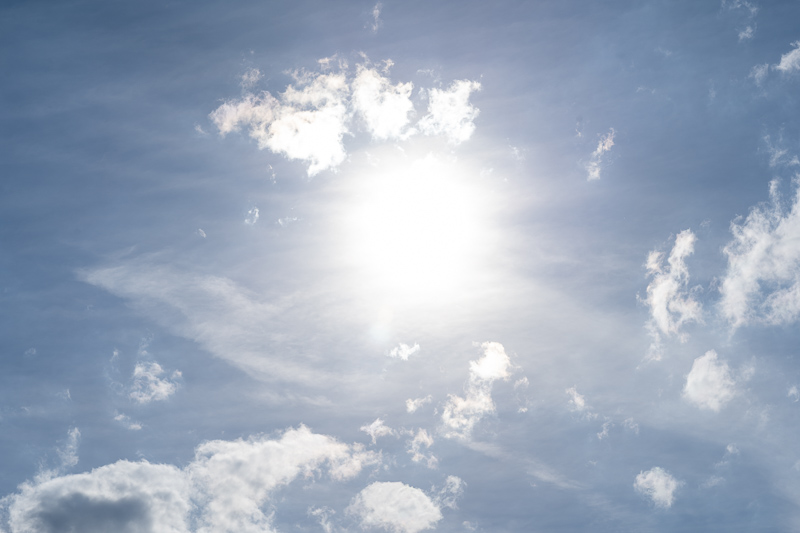
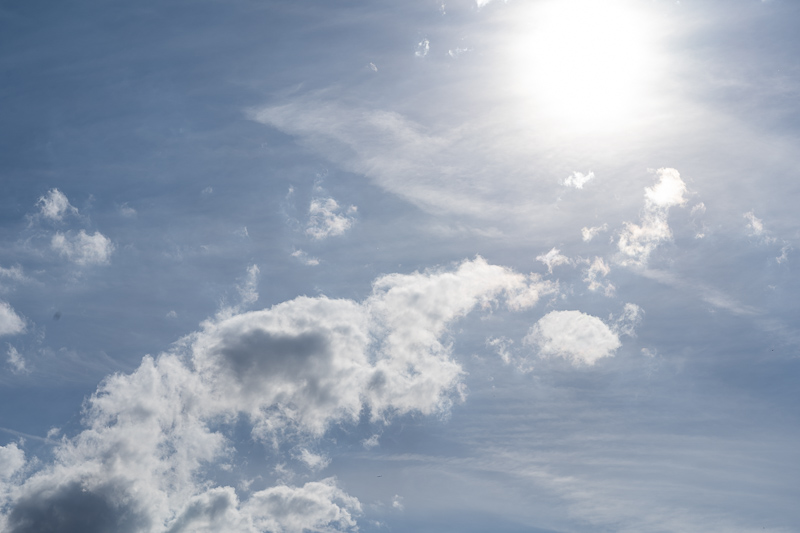
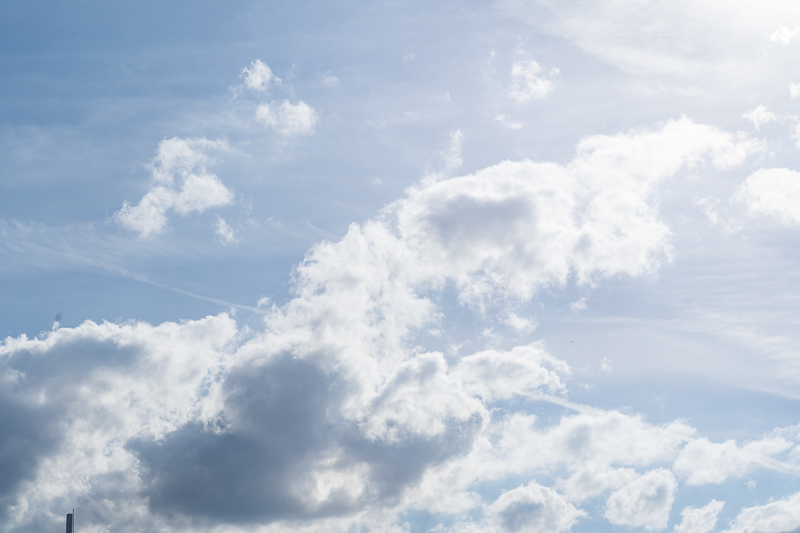
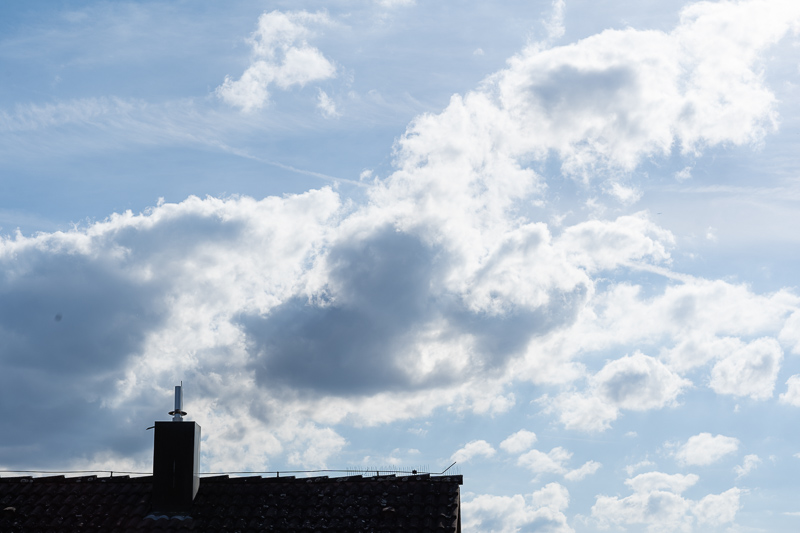

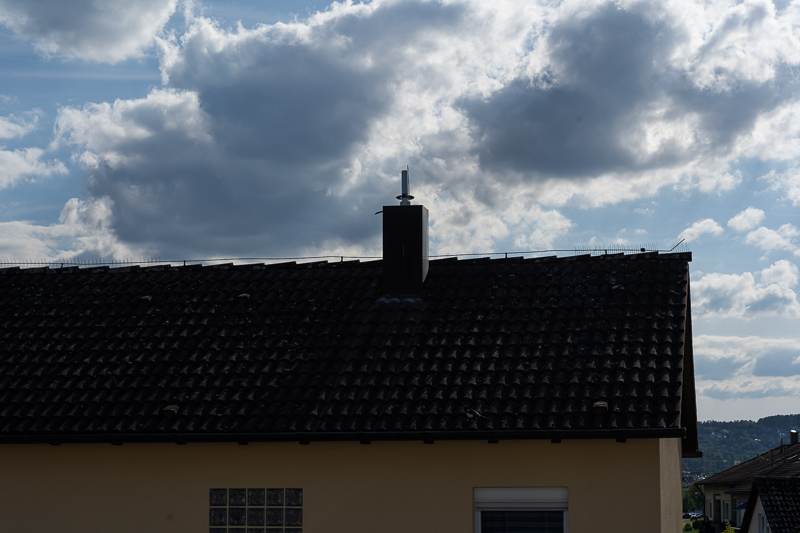
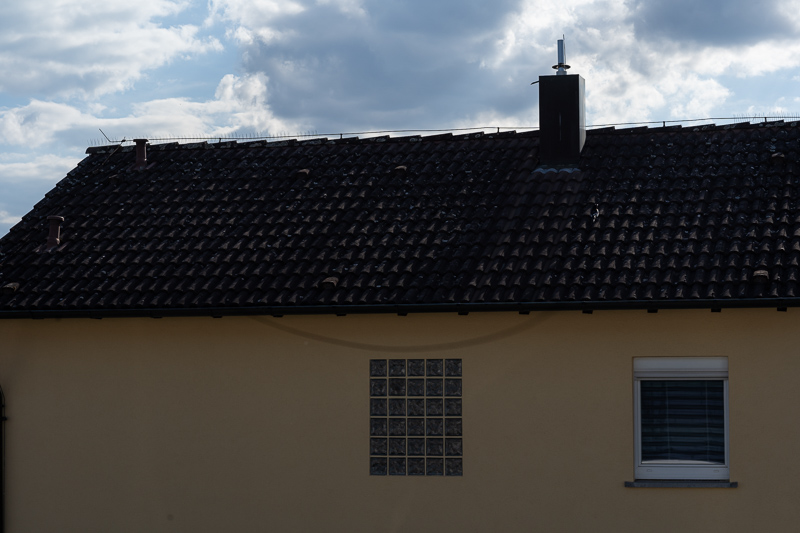
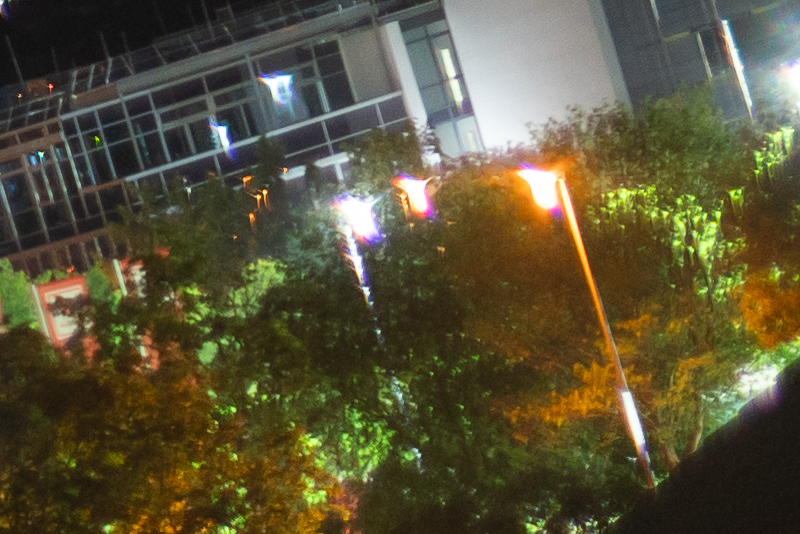
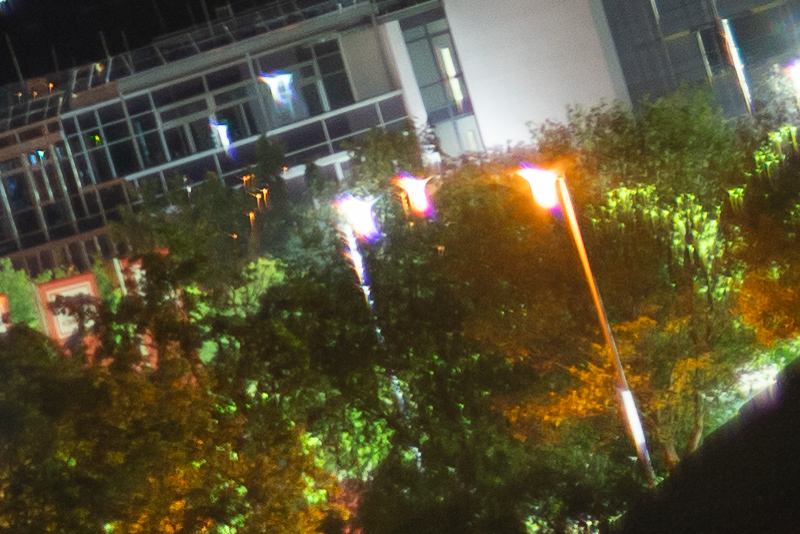
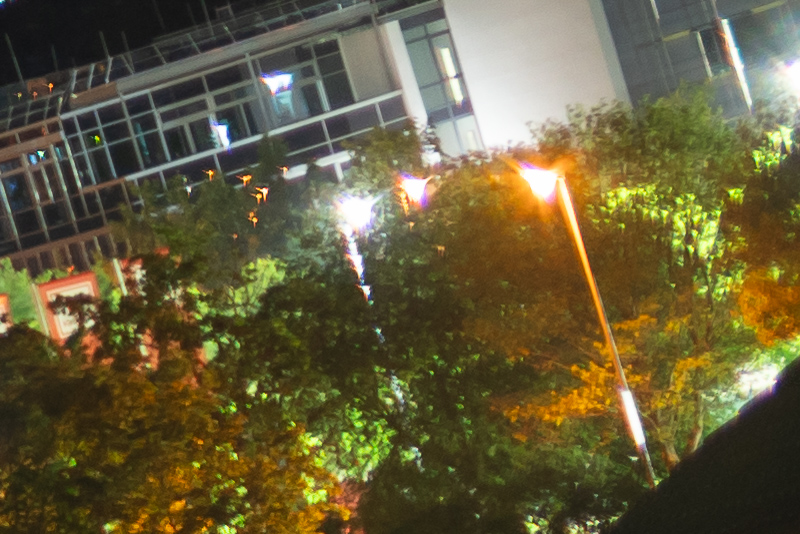
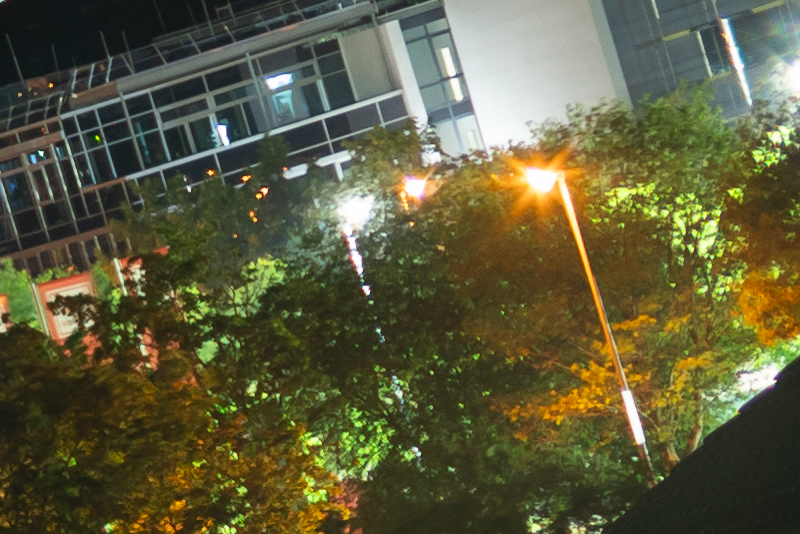
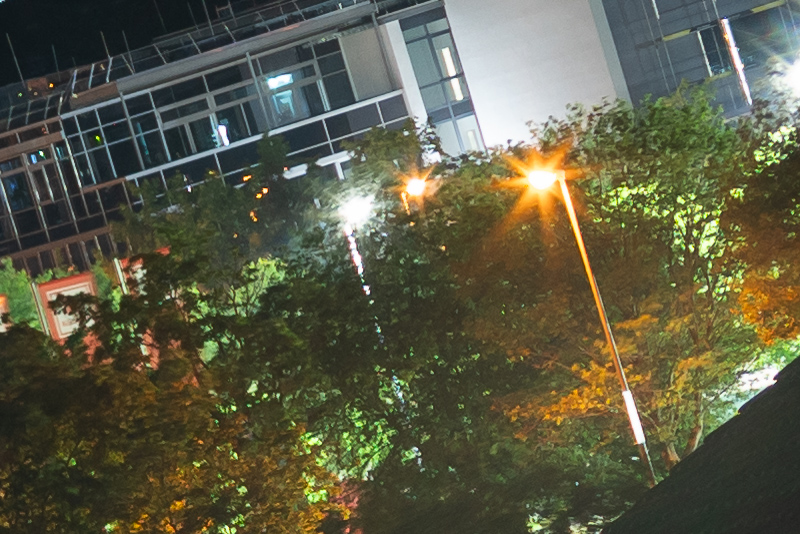


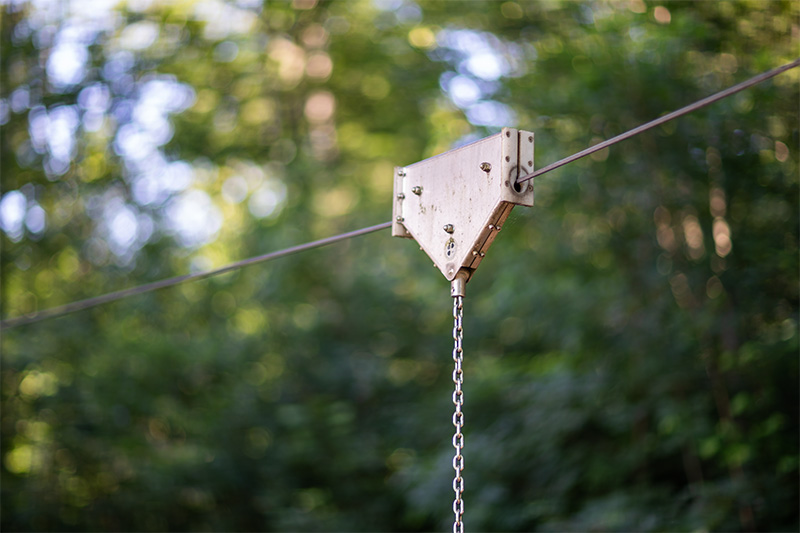
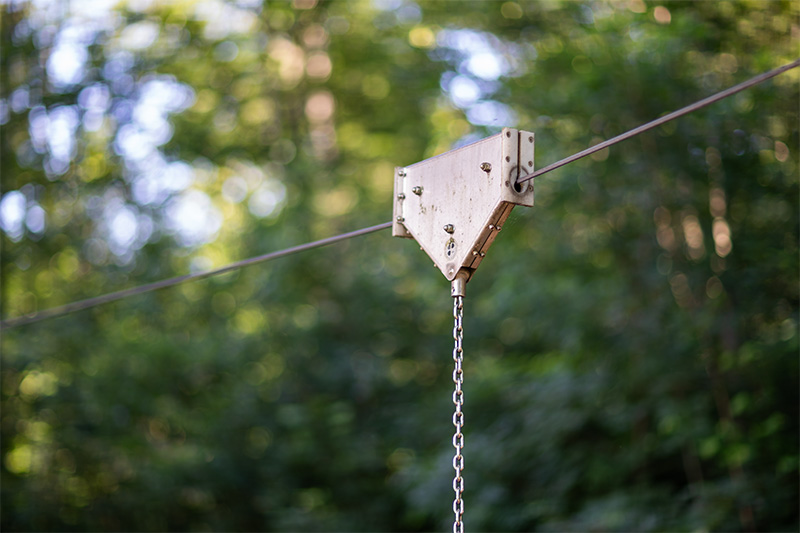
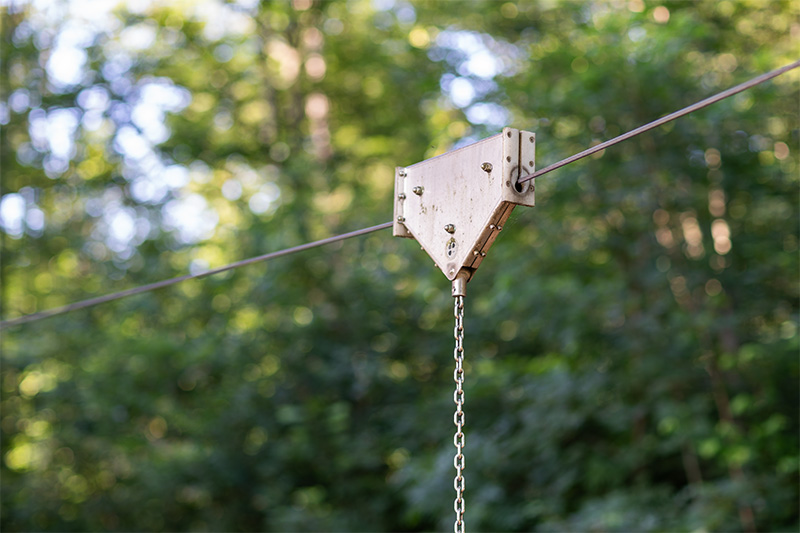
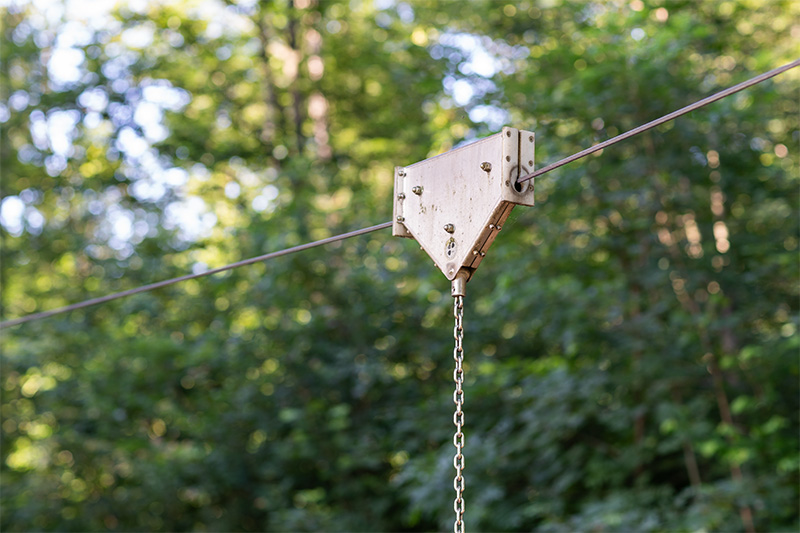
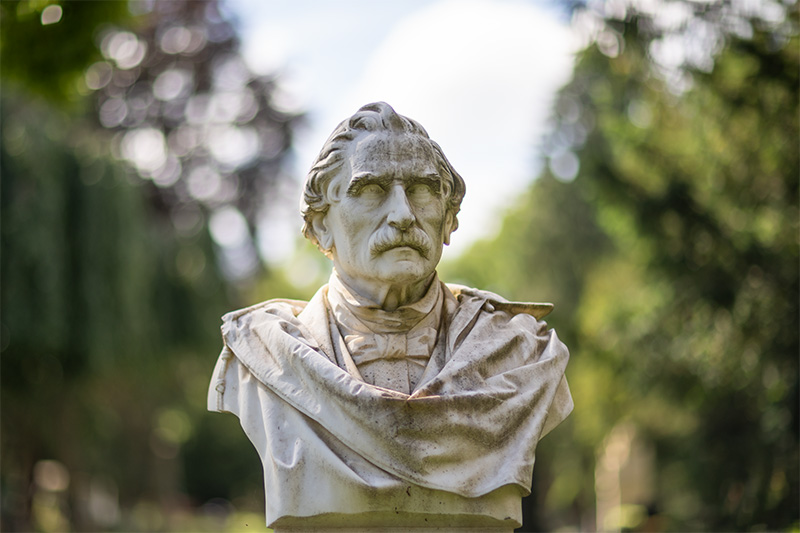
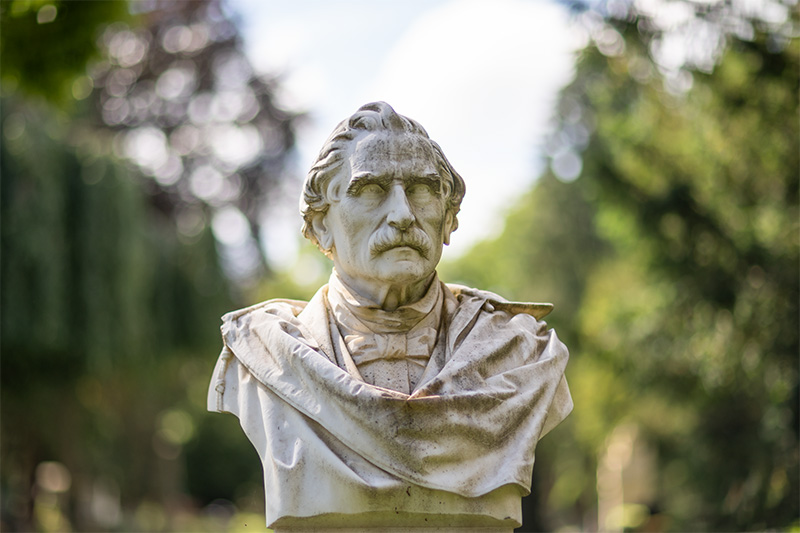
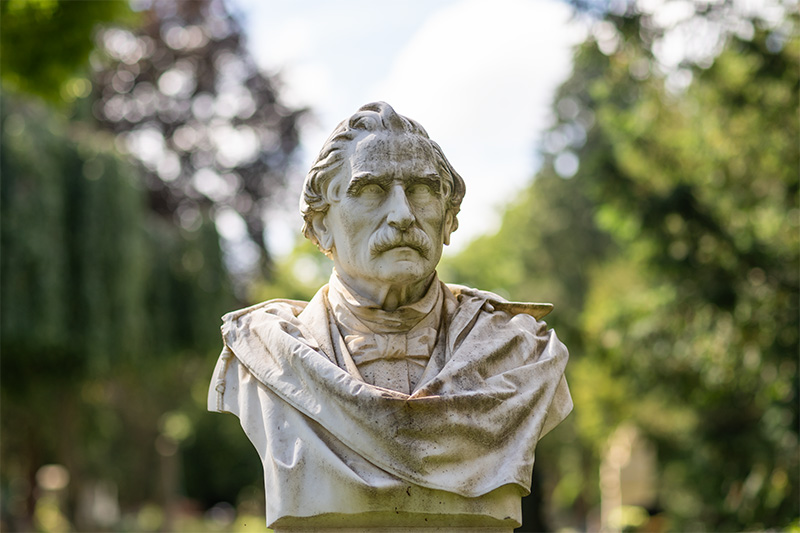
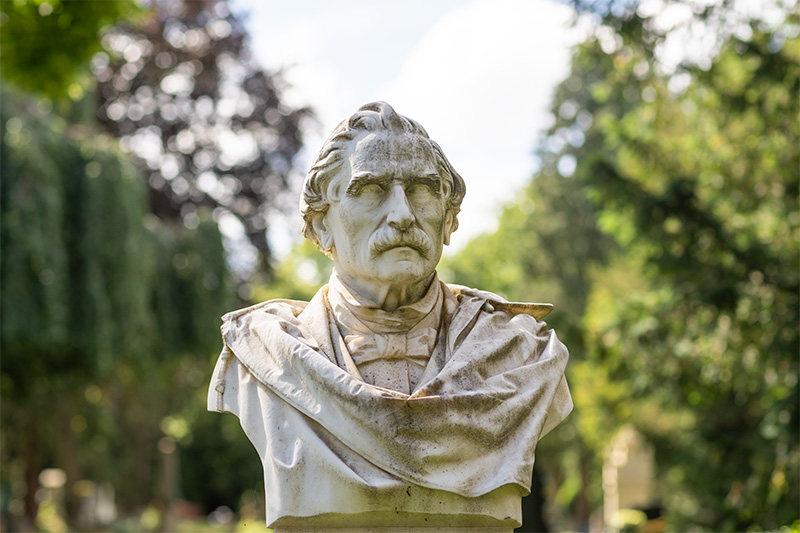
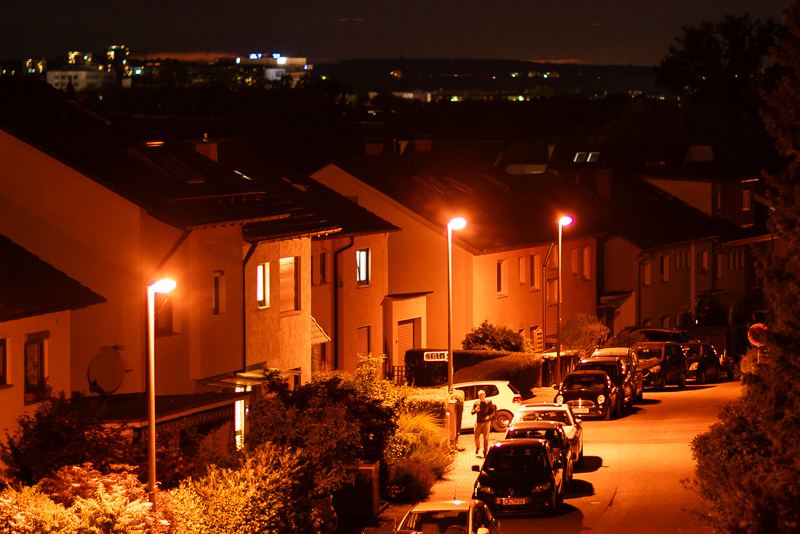
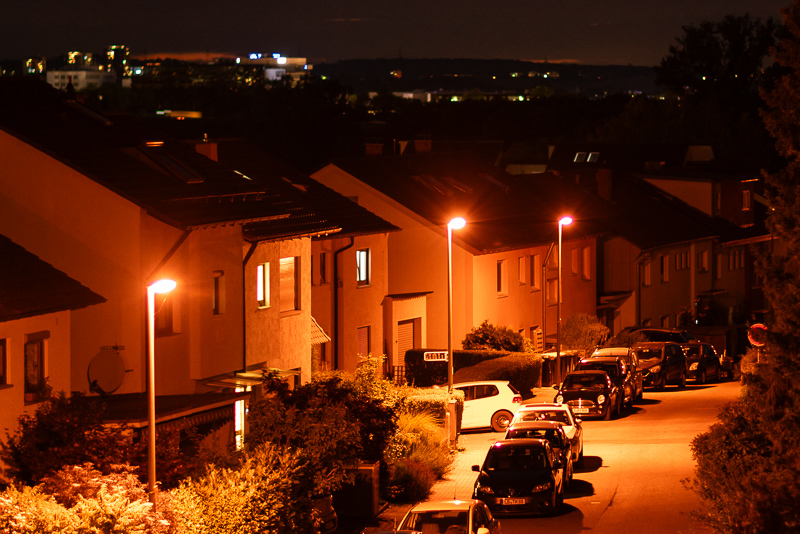
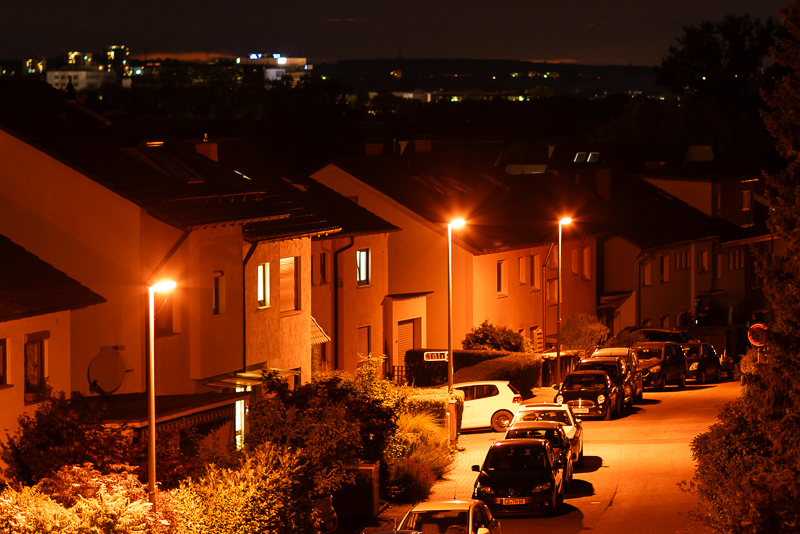

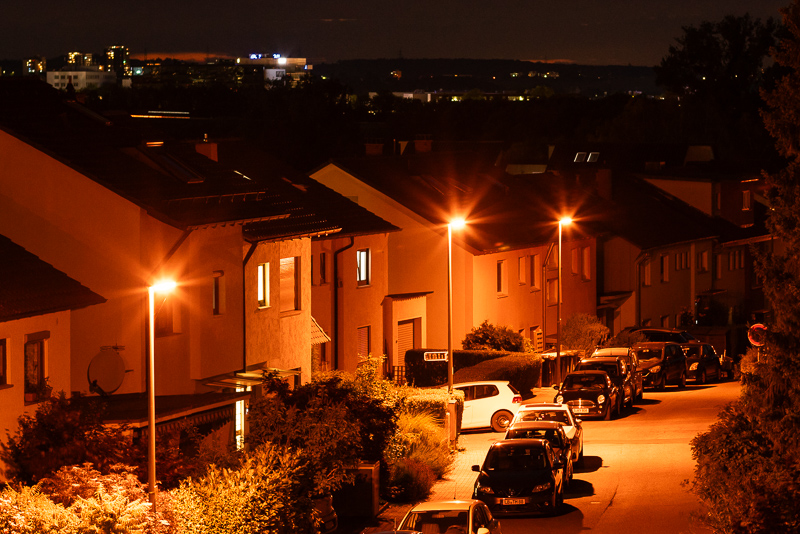
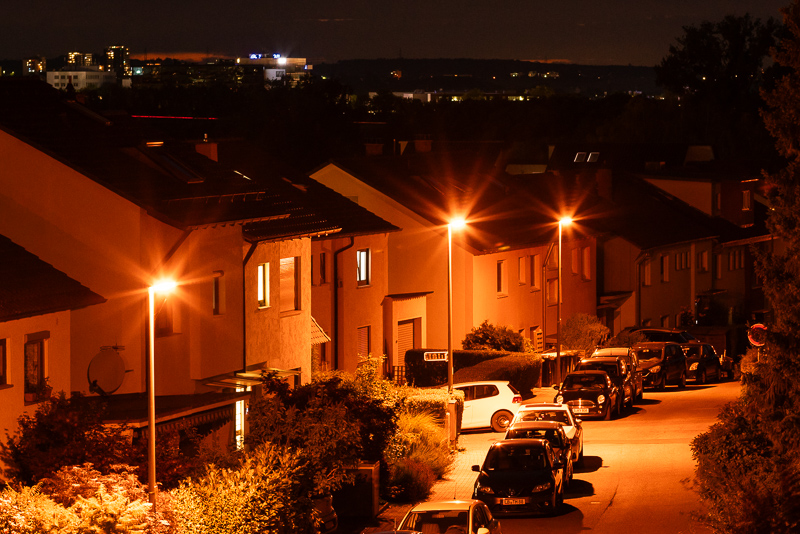
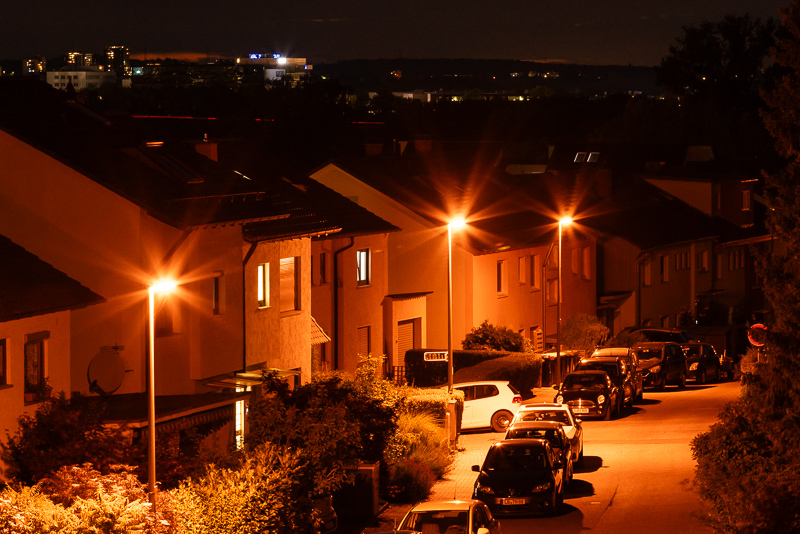
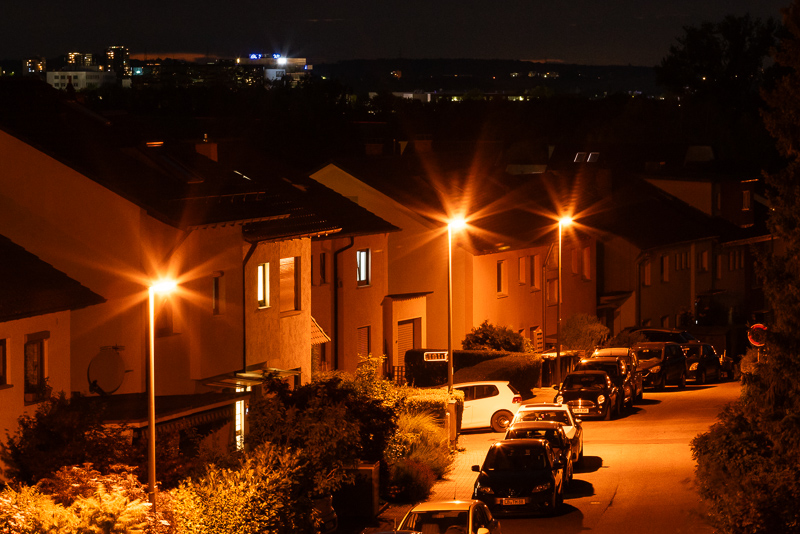
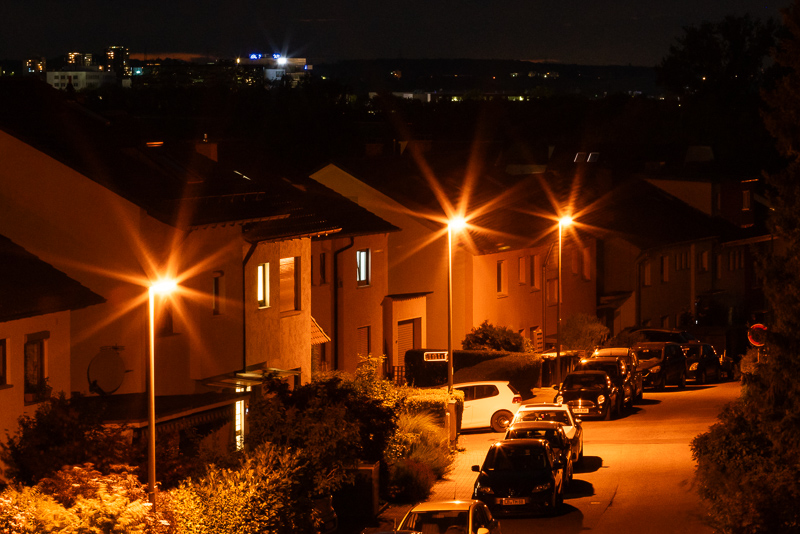

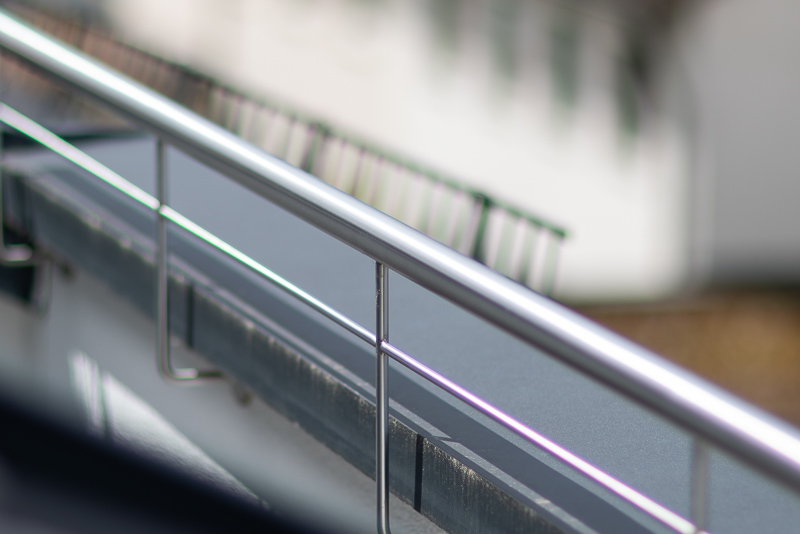






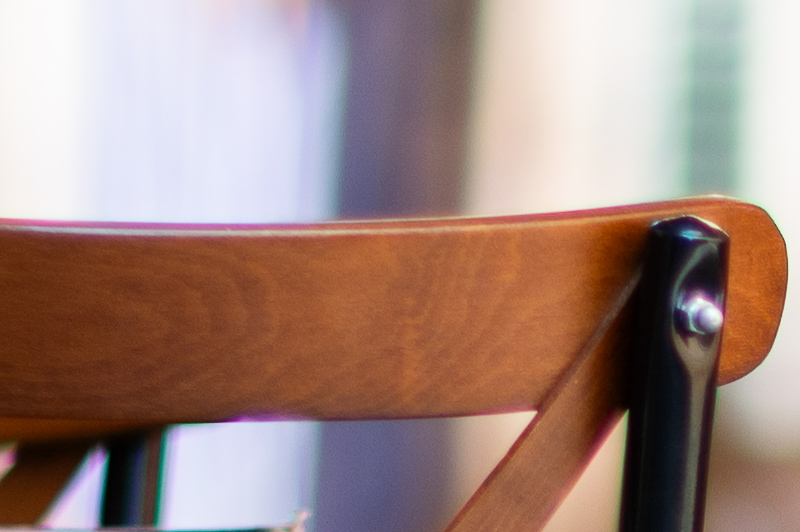
Fantastic review, as always. In my opinion, for a single subject, the Nikon rendering is far nicer. But each to their own!
Nikon had 45 years to improve upon it, it’s not surprising that the 85mm f/1.2 S is a better lens.
I am talking about Nikon’s 85mm 1.4 lenses from 30 years ago, not about their latest 85mm 1.2 S.
I made that more clear.
I owned this lens and the 50/1.2L. I always preferred the way the 50 rendered my photos. I never owned or used a Nikon camera or lens. As a current Sony user it’s a disappointment to me that the revised 85 Gm was not a 1.2. Thanks for your ongoing great work and TT Artisan 75/1.5 is every bit as good as you said!
Thank you very much for this review! As usual, it clearly names the strengths and weaknesses of the lens.
This was indeed a dream lens for me when it was new and I was young, but didn’t have money.
Now it’s much, much cheaper and I have a bit more money, but times have changed. Back then, such fast lenses were required for low-light photography, because film had limited sensitivity – above 400 ISO came with harsh compromises.
Today, we have low-noise digital sensors, digital stabilizers, so today fast lenses are bought for their bokeh.
And this is why this lens looks a bit outdated: As you show very well, it produces sharp images at little light, exactly it‘s purpose back then. The limited DOF was probably more a side effect.
So you saved me some money that I can spend for another lens…
Interesting older lens though! Nice images.
I see you’re using a Nikon Z6…, but you did buy the Zf for his MF capabilities…
Is there a reason to use the Z6 in staid of the Zf?
As usual thanks for the very informative review!
Actually the Z6 does offer a significantly better user experience, but I only had it shortly before buying a Zf and have sold it already.
Hello Sebastian, many thanks again for your enthusiastic work for this really fine site here!
My question aside the ridiculous large Z mount with their even so large and heavy lenses: is the Zf a better joice than the Z7II ?
I bought a used Z7 II to use it with Contax G lenses, cause the Techart G to Z Adapter works really good.
…for the rest of my vintage glass (till now) I prefer to use my Sony 7rIV…
all the best
J
Z7II offers better image quality, Zf has better manual focus assists and looks cooler.
It depends: The Zf has some nasty handling quirks, and some nice advantages that you ll probably find out later during certain situations. It just depends where you use it for, generally the Z7 II has less disadvantages than the Zf. It has a wider range of usage.
Thank you Björn, and Sebastian to, think I will keep my Z7, am cool looking anyway 🙂
You should have tested the lens on a Canon camera. The Sony filter stack produces problems (as you have seen when mounting Leica lenses on Sony cameras), so this test result is not fair.
For an 85mm lens it hardly makes a difference.
Because of the flange focal distance of SLR cameras the situation is not comparable to M-mount lenses.
And no worries, you can leave it up to me which lens is tested on what camera.
Canon EF lenses adapted to Nikon Z cameras definitely don’t produce any unavoidable problems. I’ve been using this kind of setup (Z9 + Fringer adapter + a variety of EF mount lenses, from 24L to 24-85/3.5-4.5) for close to two years now, and I’m satisfied with the results. It’s nice to see this kind of combination, and please keep up testing unusual things like these. 🙂
…think your whish is allready in Sebastians mind 🤓
I would like some Leica Summarit reviews with comparison against the Summicron and Summilux lineup
…recently bought an used Summarit 75 2.4 at eBay (1300€) it is just fantastik, l love the focal lengh, the sharpness, overall performance and last not least its size and wight…
… this lens is super Fine for all Leica M (6,7,8,9 10 D, P, R and newly 11) rangefinder reqirements and also works realy fine with the Tecart AF adapters, for Nikon und besonders Sony 🤓
Man, I find that bokeh to be absolutely gorgeous.
Thanks for the review!
It is accurate and yet… I value this lens very much. I’ve often been annoyed by all the shortcomings described here for years But when I shall choose an old photo for a special purpose and I happened to have the 1.2 Canon with me at that time, I almost always choose the picture taken with that exact lens. In retrospect, pictures taken with this lens reliably win out over photos taken with technically better lenses. It’s the subjective look that counts. The bokeh in your test pictures doesn’t look great, but it does in the real pictures. And what is very special is that the bokeh at larger apertures such as f/2.8 or f/8 looks as if the focus range is smaller than with other lenses. Somehow I also notice that most of my “winning” pictures were either taken with apertures between 1.4-2.8 (people), or 8-11 (nature, buildings). The ones with f1.2 usually have too much color flare, as you described. The ones with 8-11 may not be as crisp as pictures taken with modern lenses, but they are sharp enough and they look more natural than the ones with modern and very sharp lenses.
On Canon Eos 5D MK II I had a lot of rejected pictures because of AF issues, with Metabones V on Sony A7R II and IV the AF is always perfect (advanced mode).
The lens is also small for what it is.
A little anecdote: in October this, I happened to meet a stranger from Japan, a videographer, in a city park in Toronto. He spoke to me on his own that he knew this lens and that it was one of the lenses that take realistic pictures, in contrast to the new, very good and sharp ones, which looked unnatural.
When used on Canon Eos 5D MK II I had a lot of rejected pictures because of AF.
With Metabones V on Sony A7R II and IV the AF is perfect (advanced mode), the AF is not very fast, yet perfect for static subjects and always very accurate.
The lens is small for what it is, even with the Metabones adapter.
Conclusion: yes, technically speaking, the lens is clearly a child of its time, with several shortcomings. This is often annoying, especially when it comes to culling and image processing. But, subjectively, I ultimately find the results very, very good. And my small clientele feels the same way.
One more note on the rubber coating: mine became sticky after many years. Ugh. Not nice. The replacement in the workshop cost me (in 2024) 104 EUR and the lens is now like new.
George, Linz, Austria
For me, for 85mm f/1.2 on EF mount, it’s all about the Samyang XP 85 1.2. What beautiful rendering. That said, indeed, manual focus only.
That’s why I’m after the Sigma 105 1.4 ART—a portrait lens with autofocus.
I wonder, how much is the Canon 85 1.2L based on the Canon FD version from the late 1970s?